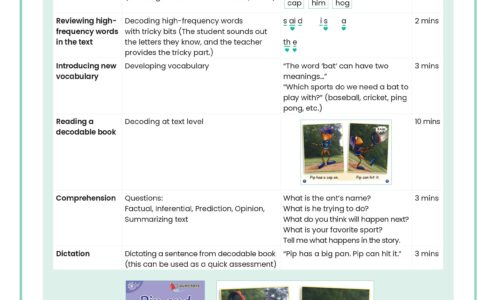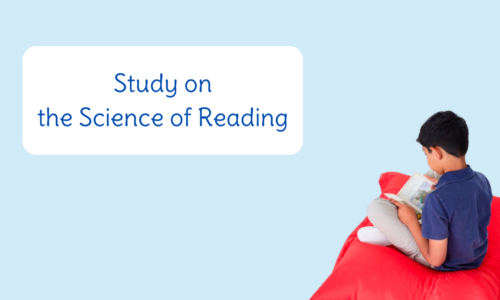
Anna Chen is an experienced Primary School Teacher based in North London who is also a Dyslexia Specialist. She works in a North London Primary School as a Literacy Specialist Teacher as well as working privately from home. Anna has been using Phonic Books for several years after they were recommended to her by a…
Read More









